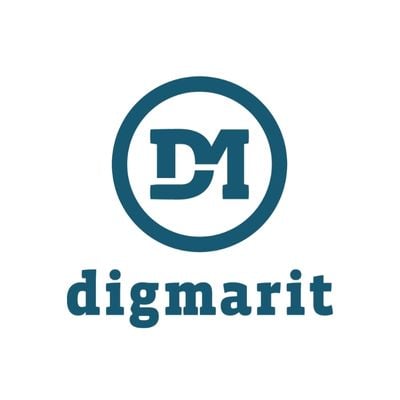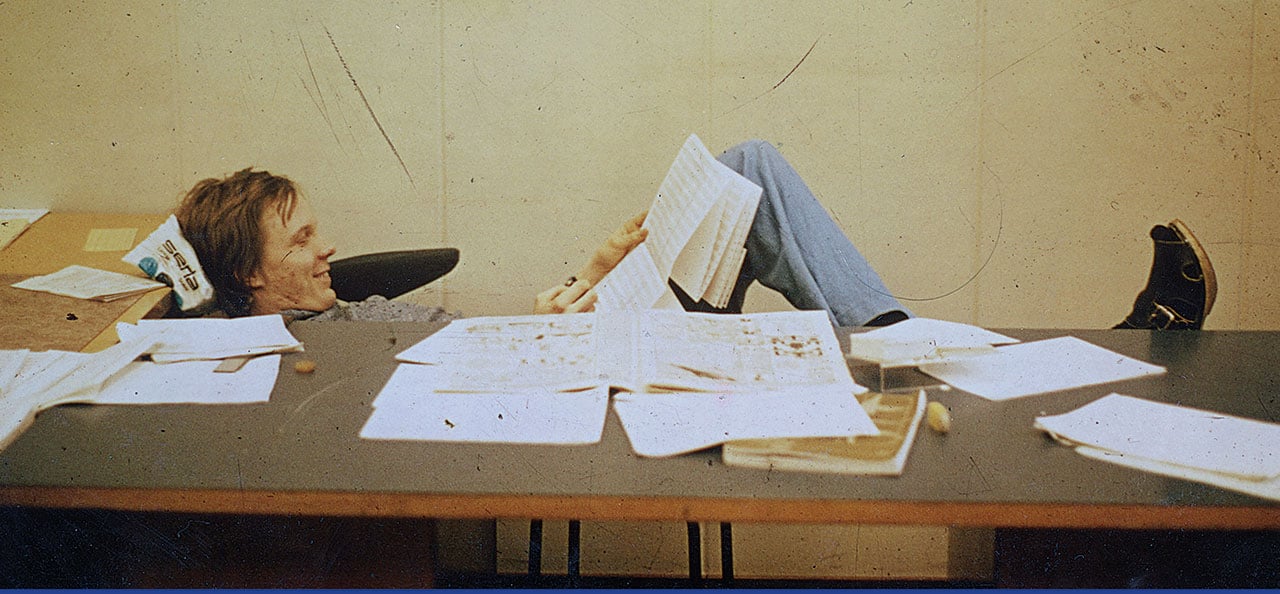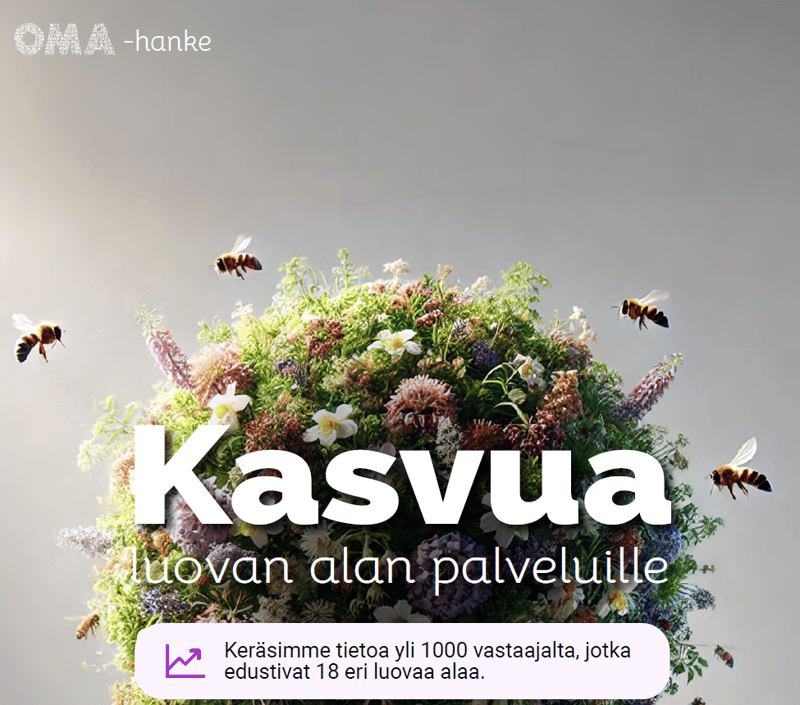History of Digmarit
Carried away with association activities
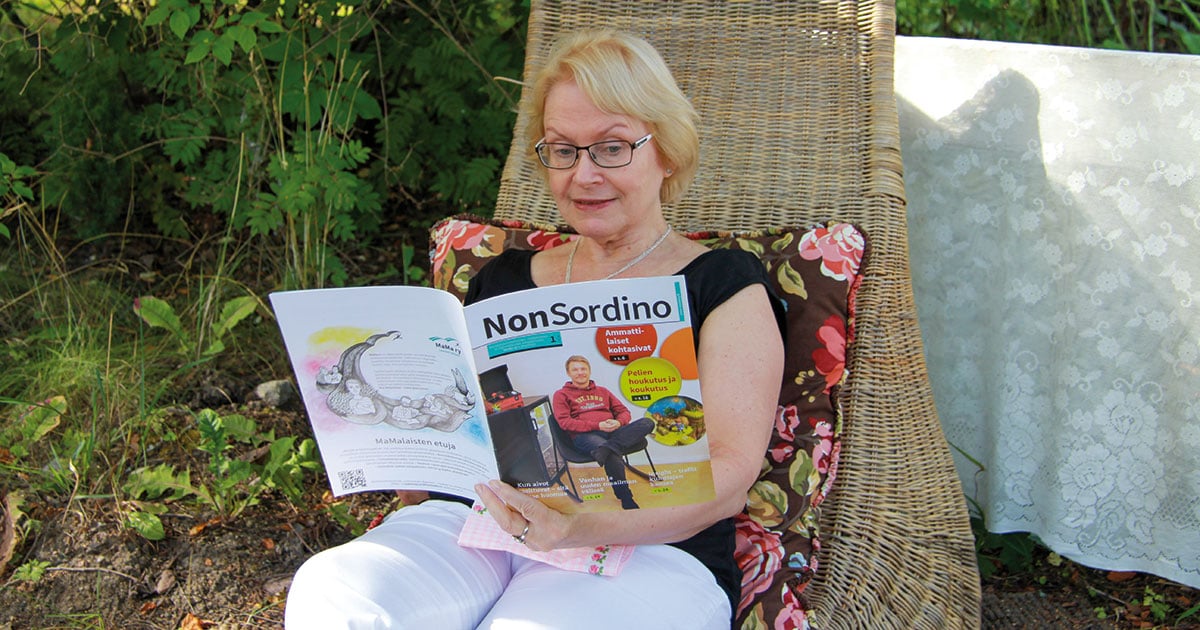
Translation: Soili Hämäläinen | Photos: Björn Ekman, Leo Mustonen, Sanna Koivusaari and Digmarit
Carried away with association activities
Kaarina Pehkonen is the longest-serving chairperson in Digmarit's history. A passion for learning and great people winged me forward in association work.
I became a member in 1990. The reason for joining was my ignorance and what it caused me. I was working for a marketing communications company with an American background. The company's operations ceased quite suddenly when the funding from America was stopped. I was left without half a year's salary because I didn't know about wage security, and I didn't belong to any trade union. I didn't know my rights. Later, when I talked about this to my colleague, she was appalled. And she advised me to join the union. That's where it started.
The trade union was Erto, the Union for Private Sector Professionals, and my own association was MaMa, founded in 1973. The founders were working for a big marketing research company and took along advertising people they knew. The registered name for the association was Advertising and Marketing Research Employees MaMa Assoc. This association is celebrating its 50th anniversary this year. The name has been changed twice when new fields of operation joined in, from MaMa to DigiMaMa to Digmarit.
I went to MaMa's meetings and ended up on the board after being persuaded by my colleague. First, I acted as an alternate member, and in 1997, I started as a full board member. I was in charge of PR first and then also for the vice presidency.
In 2002, I was elected as the chairperson of the representative Board of the Erto and the unemployment fund's representative board. That was a step into the unknown. I hadn't even entered their meeting room before.
My term of office as the chairperson of my own association started in 2005 and went on to the end of 2019. I spent my days on my breadwork for a marketing research company. And in the evenings and weekends, I had time for MaMa. It was hard at times. But it was exciting to follow and learn how society works in the world of work and how we can make things move forward.
I got carried away with association activities. We aimed to get a collective agreement in the fields of our association. But the problem was that the employers were not sufficiently organized. However, we managed to reach a so-called framework agreement that our members still use.
We did salary and employment surveys among the members and organized different training and meetings in various towns with the members every year. We also took part in Suomi Arena a couple of times by arranging panel discussions there. The workload felt huge, but we took along cooperation partners. I want to thank Grafia Visual Communication Designers, The Apple User Group Finland, Corellia Helsinki, and Erto for their excellent companionship. Our members were the main reason for the work we did.
The board met once a month in Helsinki. People travelled there from their hometowns in different parts of Finland. Our meetings were weekend seminars, and we managed to do a lot when we met face-to-face.
During the years, working life changed. It became more common to work as a freelancer and self-employed. We worked to be able to acknowledge their needs and working conditions. We organized training for entrepreneurs and freelancers, together with Erto and the entrepreneurs in STTK, The Finnish Confederation of Professionals. The work to improve the conditions for the self-employed and freelancers continues.
In 2016, MaMa got members from Erto's Information Industry Association, 1,500 new members at the same time. The name of the association was changed to DigiMaMa. The new members changed our operations, for example, in terms of the training we organized, and we also got new members to the board from the new industries.
I am proud that we always had a good and well-working board. And that people enjoyed their work for the association. The cooperation was good. We worked well together with everybody. That's why we were able to get things forward. And we always developed something new along the way, for example, this magazine, the first number of which was published in 2006.
The best thing about being a chairperson was the versatility and breadth of vision. It was easy to cooperate with Erto and the presidents of other associations in it. I got to know the Finnish working life - problems, but also achievements. ■
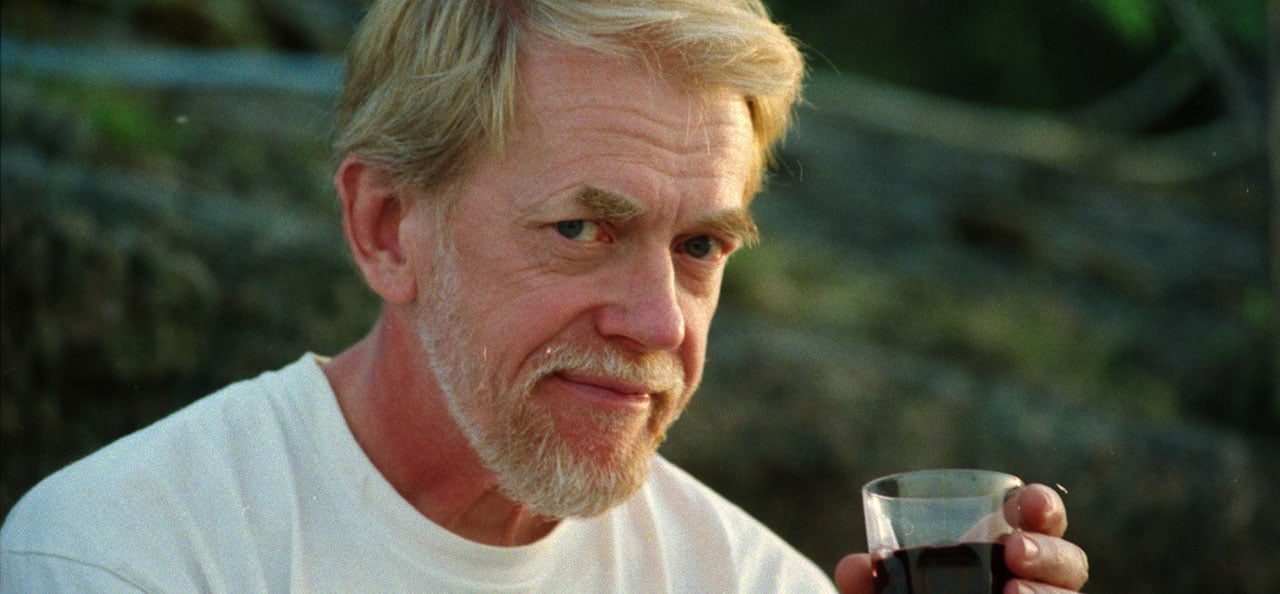
The best years in advertising
Bjorn Ekman made his career as an art director and belonged to the board of the Mama Assoc. He feels sorry that more advertising professionals could not be recruited as members.
In the '60s and '70s, I did general studies and graphic design at Ateneum, the Academy of Fine Arts, and in 1971, I started my first job at an advertising agency. During my career, I have worked at seven different agencies as an art director.
My passion was drawing, and I thought I would become a free artist. My family already had artists, and my uncle said We didn't need more - go to work at an advertising agency. That became true, and it was easy to find work.
Before my advertising career, I worked as an offset assistant at a printing house. At that time, it was a significant benefit to know printing techniques when you worked at an advertising agency.
Working at an advertising agency was really fun. In my first job, we were only three people. Working days could be from 10 to 12 hours, and we could even have drinks during working hours. The atmosphere was relaxed.
Although the working pace was hard, no one got sacked. Everybody was professional, and the spirit was good. We were like one family. We spent a lot of time together with colleagues from different agencies. But we never said too much about our work.
Although the working pace was fast, it took time to get the projects completed. We had to wait for the layouts for a printed advertisement for a week and another week for its publication. We used half a year to make a film for television, and the budgets were generous.
When the computers came, the work changed. Everything was ready immediately. It was 1988, and Apple really took me. I was fascinated, although working with graphics was very primitive. At that time, we already had PageMaker, which is now InDesign. And we had Illustrator and Photoshop. I could create rather demanding projects and typography with the computer. It really changed the job. And I was quite a pioneer in the field. I gave lectures at Ateneum, and I trained my colleagues too.
For me, the computer was like an ace up my sleeve, the reason why I couldn't be fired. I saw that it was the future. Older colleagues who didn't want to start working on the computer were quickly retiring. I still use Photoshop a lot when I do something for my pleasure.
During the 1990 depression, the wheat was separated from the chaff. Advertisers cut their budgets. And there was less work. Competition was hard. Salaries didn't go up as they had used to before that.
When Mama was created in the 1970s, I heard about it. But I couldn't care less. I didn't understand the meaning of the trade union because everything was okay.
In the 1990s, I started as an occupational safety representative and got training for the task. I took part in cooperation negotiations as the representative of workers. But it was totally hopeless. The management had already decided who was going to be sacked. At an advertising agency, people's salaries were the only way to save money because they were about 90% of all expenses.
Being a shop steward made me understand the importance of a trade union, and I joined in. I ended up on the board of Mama straight on.
The problem in advertising then, and maybe still, is that everybody thinks they're so good that they can do without the protection of a trade union. They have influence and power and good self-consciousness.
I am sorry that we didn't manage to tell people clearly enough why they should join a trade union. We didn't get enough colleagues to see the benefits of being a member. People working in advertising didn't appreciate the trade unions. Many feared being branded a communist if they joined a trade union.
When colleagues were left without work, many started a one-person company. Without a trade union's help and protection, they had no other choice. My understanding of the meaning of trade unions was growing each day. ■
Working together is best
Leo Mustonen is the treasurer and a trade union activist in Digmarit. He learned to code and build his career with computers and computer programs.
I got acquainted with ICT technology already during my upper secondary school times when the headmaster organized an extra course about it. After the army, I went to work for the computer department of the Finnish Railway administration as an apprentice in 1974. And after a year, I graduated as a programmer. I took part in all sorts of courses as part of my training and read international publications. I spotted the principles of structured programming, which was really revolutionary at that time. I learned to use it, and I also taught it to all my older colleagues, despite me being still an apprentice.
In the 1970s, programming was made with punched cards. 80 characters per card. Coding meant writing the lines of code on paper sheets, sending them to the punching department. Then a bunch of punched cards was sent downstairs using pneumatic tube. We didn't see the computers ourselves. But the operator fed the cards into the computer and sent us the resulting lists using the same pneumatic tube. Then we checked if the program worked as it should. If not, we corrected and made new cards to make the program work better. Each cycle took 2 to 6 hours.
The work at the computer office was leisurely and my programs were quickly ready. After that job, I worked in sales, and later I started my own computer component importing company. In selling. I was successful in making a lot of deals because the internal communication network LAN was not yet well known. I told people what kind of benefits they would get, and business was going well. I got a lot of job offers one after another. I didn't really need to look for work.
In programming, I worked, for example, for Nokia, whose main business was already then cellular network solutions, not just the mobile phones. The cellular network software needs updating all the time. And the programmers were around the world need current environment. The updated environment data was distributed every week. But at that time, around year 2000 some sites still used the ISDN connection. That meant that delivering environment data to the developers took in some cases two weeks. I built a new data distribution system with my colleagues, everything was distributed just like in the old system, but it was 200 times faster. The data distribution only took maximum two hours.
The best part of programming was to find out what the client needs. After that, the needs are easy to convert into a program. The problem is usually that the programs are made to do something else than what the client needs. Finding out the real need is the best, the most enjoyable, it’s like detective work and the client will be satisfied with the result.
For example, one client's POS system crashed because their selection of 16,000 products was too large for it to handle. I built a new indexing system that was fast and could handle the required number of products. And all this fit into 32kB. I'm pretty proud of that.
I joined Erto, the Union of Private Sector Professionals, first at the beginning of 2000. But after that, I worked as an entrepreneur for some time. When I joined again, I didn't know that most of the members of the Information Industry Association under Erto had transferred to the engineers’ union. I went to the union annual meeting, and there were only a few people. It turned out that it would be necessary for me to join the board of the association so that they could form a board. I agreed and with the merger of Mama and the Information Industry Association, I have continued my board role at DigiMama and I am still on the board of Digmarit.
Since 2016, I have been a treasurer because accounting is familiar to me. The merger of the two associations was a surprisingly tedious process, as both had completely different operating methods. But it was handled well.
I first joined a trade union on the recommendation of the CEO of my workplace at the time. He encouraged me to join, and I found out that the association offered interesting courses in addition to support. I have attended many of them.
Association activities have been interesting, and the people are nice. It's nice to do things together when the work also has a social impact. ■
